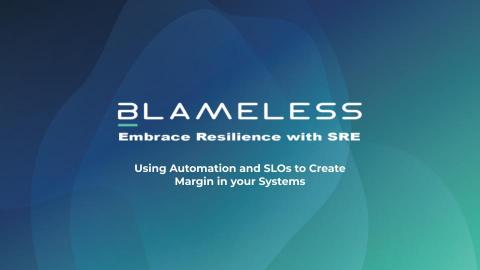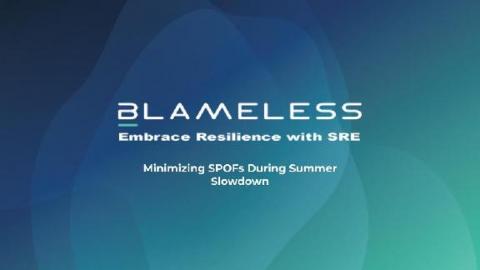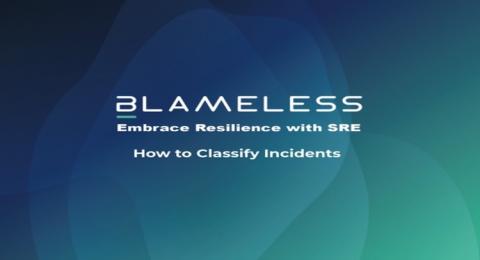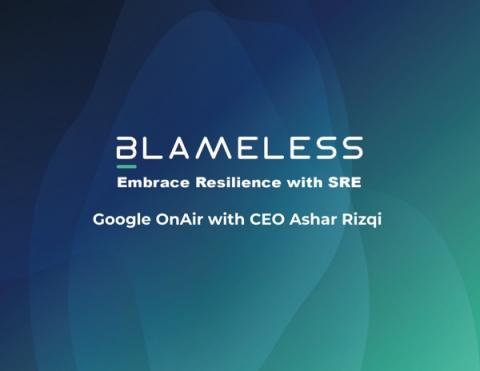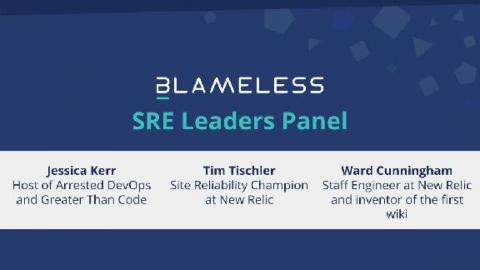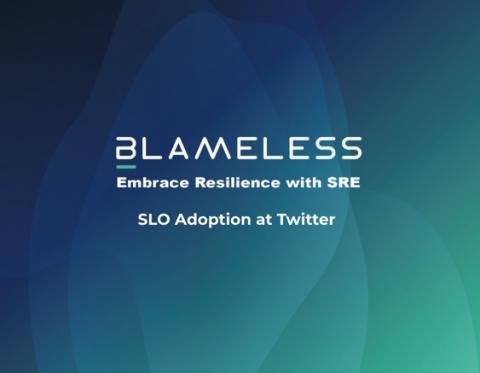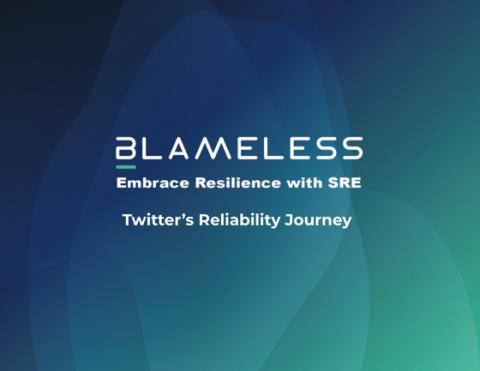Using Automation and SLOs to Create Margin in your Systems
With the difficulties we’re facing during this time, it can be difficult to keep up with the increasingly vast demand for our services. You need to make use of all the tools in your toolbelt in order to conserve your team’s cognitive resources. Two ways you can do this are through automating toil from your processes and prioritizing with SLOs.


